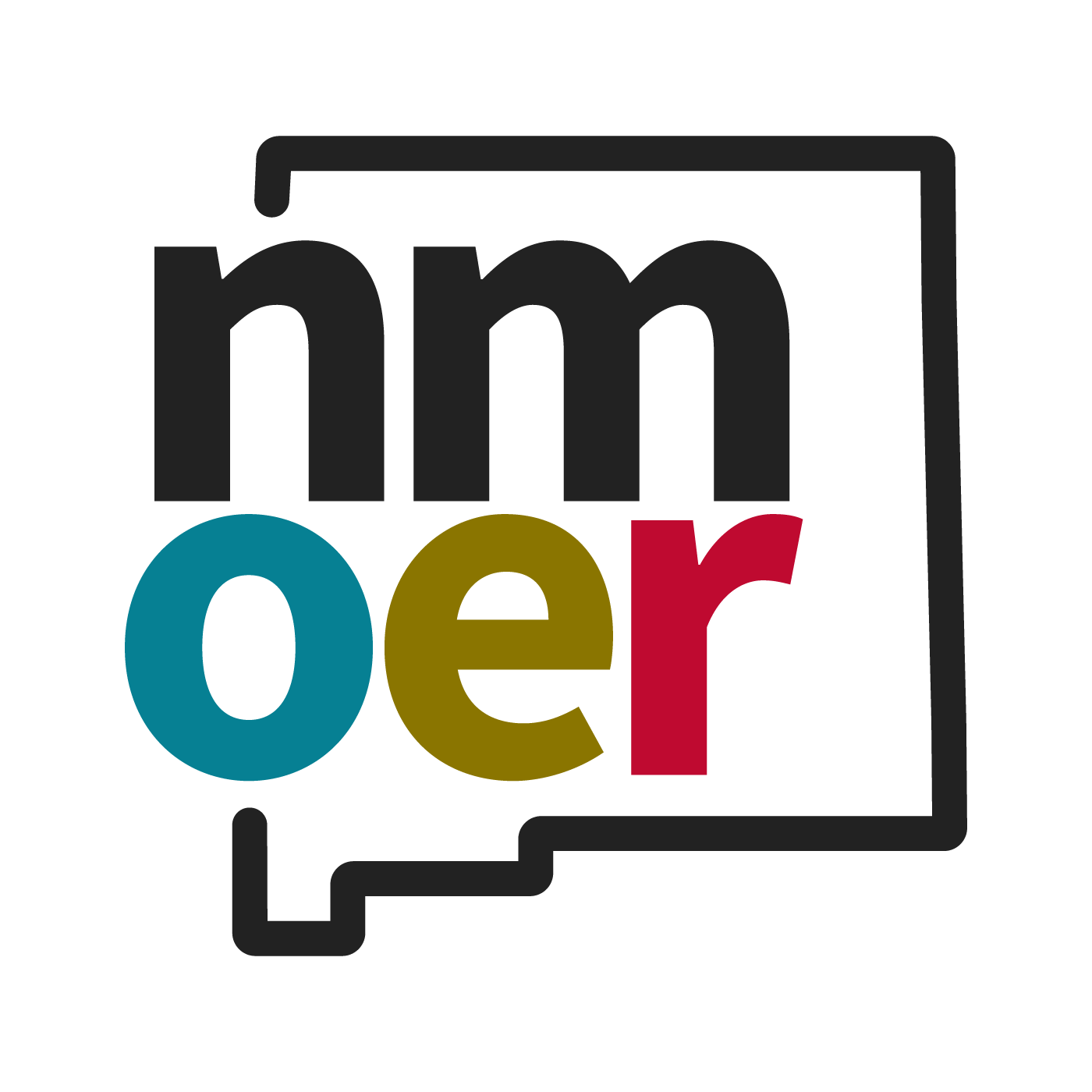15 The Pentateuch
Nahir I. Otaño Gracia and Averie Basch
Hebrew
Ca. 1000- 300 BCE
The Hebrew Bible is called the Tanakh, a name which comes from the first letters of its three sections: the Torah, or the Law (Ta); the Nevi’im, or the Prophets (Na), and the Ketuvim, or the Writings (Kh). The entire book is sometimes called the Torah, and it is also the Christian Old Testament. The section called the Torah, which is comprised of the first five books (also called the Pentateuch and the Five Books of Moses), were originally believed to have been composed in the 14th century B.C.E. by Moses. According to biblical scholars, the version that we have today is a compilation from four different written traditions after the time of Moses, which explains why the text has multiple inconsistencies: For instance, in “Genesis,” there are two creations of humans, and the number of animals that God tells Noah to take into the ark changes from two of each kind to seven of each kind. These versions are called the J, E, D, and P texts, which were combined over time.
Written by Laura J. Getty[1]
The Pentateuch
For the text of Hebrew Scriptures (also known as the Old Testament), see here: https://jps.org/wp-content/uploads/2015/10/Tanakh1917.pdf
Please focus on the following sections:
- “Genesis,” pp. 1- 75, selected chapters 1-9, 11, 16-18, 19, 22, 25, 27, 34, 39-46,
- “Job,” pp. 1100-1151, selected chapters 1-14, 29-31, 38-42
- “Song of Songs,” pp. 1152-1159
Listen to these lectures:
- “Lecture 1: Parts of the Whole,” available here: https://oyc.yale.edu/religious-studies/rlst-145/lecture-1
· “Lecture 2: The Hebrew Bible in Its Ancient Near Eastern Setting: Biblical Religion in Context,” available here: https://oyc.yale.edu/religious-studies/rlst-145/lecture-2
FURTHER READINGS:
For an article discussing how the Song of Songs compares to Sumerian love songs dedicated to Ishtar, see here: https://www.penn.museum/sites/expedition/the-biblical-song-of-songs-and-the-sumerian-love-songs/
For “Akkadian Love Poetry and the Song of Songs: A Case of Cultural Interaction” by Martti Nissinen, see here: https://www.academia.edu/76071360/Akkadian_Love_Poetry_and_the_Song_of_Songs_A_Case_of_Cultural_Interaction?auto=download
For an Introduction to the Pentateuch in G.I. Davies’ Chapter 3 of The Oxford Bible Commentary (edited by John Barton and John Muddiman), see here: https://edsd.org/wp-content/uploads/2017/10/SFM-HB1-Torah-Documentary-Hypothesis-Detailed.pdf
For a digital facsimile of the twelfth century Samaritan Pentateuch, see: https://cudl.lib.cam.ac.uk/view/MS-ADD-01846/1
For information on a podcast titled Before Yahweh, see here: https://literatureandhistory.com/bonus-content/
For Christine Hayes’ class on Introduction to the Hebrew Bible, see here: https://oyc.yale.edu/religious-studies/rlst-145
Other Translations
The King James Version: https://quod.lib.umich.edu/cgi/k/kjv/kjv-idx?type=DIV1&byte=2578814
World Literature by Anita Turlington; Rhonda Kelley; Matthew Horton; Laura Ng; Kyounghye Kwon; Laura Getty; Karen Dodson; and Douglas Thomson: https://pressbooks.nvcc.edu/eng255/chapter/hebrew-bible-genesis-and-exodus-2/
UC Davis Jewish Studies program’s open-access Pentateuch is available at the following link: https://pentateuch.digital/
[1] From “Part One The Ancient World” In World literature I: Beginnings to 1650, 8.

